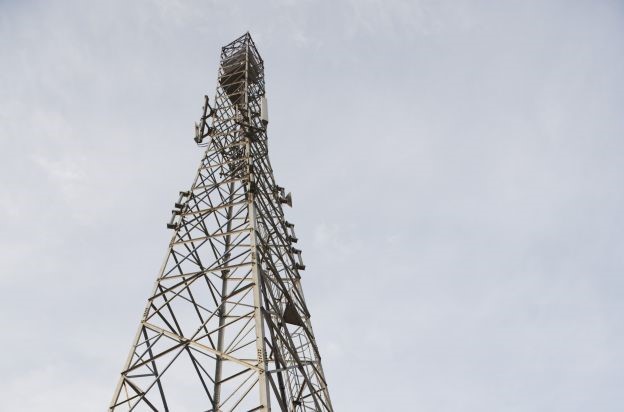
Home | Guides
 The Basics of 5G Technology
The Basics of 5G Technology
What is 5G, and why should we care about it? Questions like these get asked a lot lately. Here's what we know so far.
First of all, 5G is a necessity. As you probably know, previous mobile wireless networks had their issues. 1G, which was introduced in the 1980s, used an analog communication system, which made it really easy to intercept phone conversations.
2G changed that by using digital signal encoding and transmission. The radio frequency spectrum was used in a more efficient manner, allowing thousands of people to connect to the same radio cell simultaneously. SMS text messages were made possible as well, but data transfer speed was mediocre; people were getting, on average, 20-30 Kbits/s.
3G, which was launched in 2001, fared much better than its previous iteration, boosting data transfer speeds by 500%. Later releases, which were named 3.5G and 3.75G, increased speed to 1 Mbits/s. It was the beginning of a new digital revolution.
That sounds good enough until you realize that a full HD YouTube video requires about 0.5 Mbits/s. So, if the phone ran a few more apps in the background, which downloaded various social media status updates, patched applications, and so on, the speed limit was reached quite fast.
4G was meant to solve all these problems; the Long-Term Evolution (LTE) standard was deployed in Europe back in 2009, and it powers our mobile devices today. It provides speeds of up to 100 Mbits/s, which are good enough for most people's needs. However, modern technologies require even better speeds, and especially lower latencies.
5G can solve these issues. It can be used with the existing radio frequency bands, but its true power will be put into perspective by carriers which will use much higher radio frequencies (think 5...20 GHz). It's true that cell phone operators aren't that eager to tackle the mmWave band, because they will need to invest their money into many more short-range transmitters which complement the existing radio cells.
With 5G, service providers claim speeds that can reach 10 Gbits/s, but I am pretty sure that we'll get much less than that in real-life scenarios. There is a simple explanation for this: high-frequency radio waves can't penetrate walls; they will rather bounce off obstacles. So, those huge speeds will only be achieved in the center of large cities, where the carriers have invested a lot of money. Still, we can expect to see a consistent 200-300% speed increase. This will make it possible for people to get rid of their cable-based Internet connections; I'm not so sure if this will be an economically feasible solution, though.
As mentioned above, 5G networks promise much lower latencies as well. This leads to faster response times, which are crucial for critical applications such as remote surgery. New technologies will emerge, and the existing technologies will be greatly improved.
Think self-driving cars, for example. With 5G, vehicles will be able to download high-resolution street maps in real time, and then use them to plan and optimize driving routes. This will help us tackle traffic congestion successfully and reduce pollution. The new technology will also allow vehicles to communicate with city infrastructure, such as traffic lights and video cameras.
All the systems which control the energy grid can benefit from 5G technologies as well. It will be very easy to monitor power consumption in any node and provide the demanded energy anytime it is needed.
So yes, 5G is badly needed. The technology is still in its infancy, though, so we'll have to wait for a few more years until we will be able to tap into its full potential.